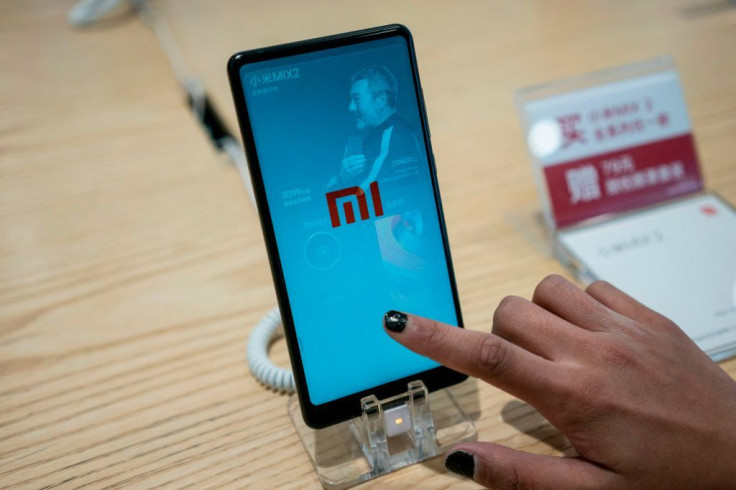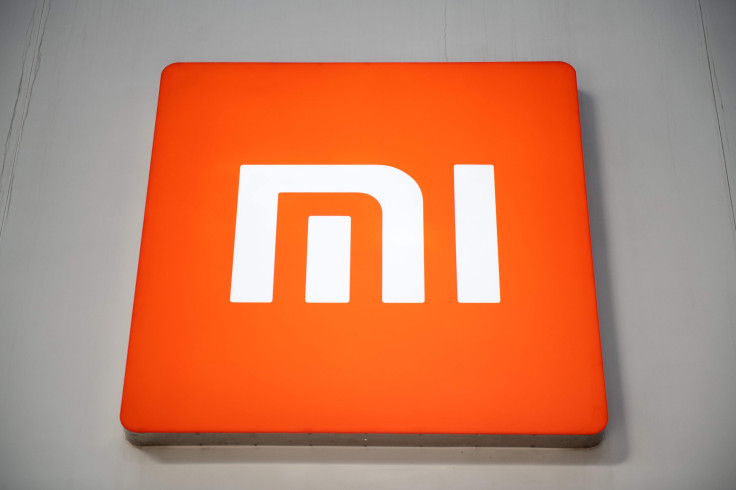Xiaomi’s Galaxy Note 10 Killer Features 108MP Camera

Chinese smartphone maker Xiaomi recently announced its plans to put the largest camera it can to a smartphone.
Xiaomi's upcoming phone will feature a 108-megapixel “ultra-clear” Samsung ISOCELL camera sensor. This huge camera is capable of taking snapshots with a 12,032 x 9,024 resolution size, and is expected to put other smartphone cameras to shame.
Other smartphones
Although Xiaomi and Samsung didn’t reveal any detail regarding the upcoming sensor, it’s easy to understand that this is, by far, the highest megapixel count of any smartphone camera that’s available in the market:
- Samsung’s newly-released Galaxy Note 10 and Note 10+ might have better camera setups compared to their older siblings, but they only have two 12MP lenses and a 16MP lens. The Plus version adds a Time-of-Flight sensor, but it’s only a VGA camera. These are still smaller compared to the 108MP shooter Xiaomi brags about.
- The Huawei P30 Pro, considered to have the best camera setup in any smartphone today, features four cameras, the largest of which is a 40MP sensor. That’s a far cry from Xiaomi’s 108MP lens.
- Google’s acclaimed Pixel 3 and Pixel 3a might have the best camera software, but they both use a 12.2MP shooter to take photos. Xiaomi’s camera is still way bigger.
- Even Apple’s current flagships feature smaller lenses. The iPhone XS and XS Max both feature dual 12MP cameras with 2x optical zoom and 10x digital zoom. A 108MP camera still overshadows a dual 12MP setup.
Huawei’s upcoming camera setup is still considerably small compared to Xiaomi’s planned setup. Previous reports revealed that Huawei’s next flagship, the Mate 30 Pro, is set to feature two 40MP cameras plus one 8MP telephoto lens. The combined setup is still 20MP short of Xiaomi’s 108MP camera.
Not necessarily big
Does this mean Xiaomi’s camera will be the best among other offerings? Maybe not.
Engadget noted that for the 108MP camera to be “phenomenal,” it has to be physically large enough to allow more light to enter each pixel. The camera might get enough detail in bright settings, but it might not be capable of performing well in dimly lit or dark conditions. Thus, it’s best to wait for Xiaomi to release sample shots before choosing to wait for the device.

© Copyright IBTimes 2025. All rights reserved.



















